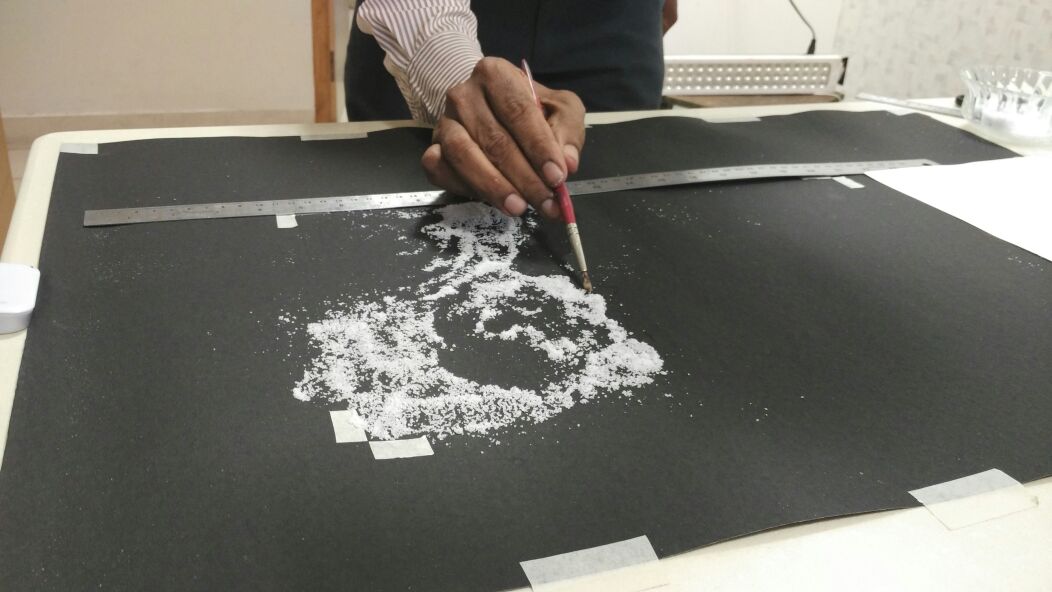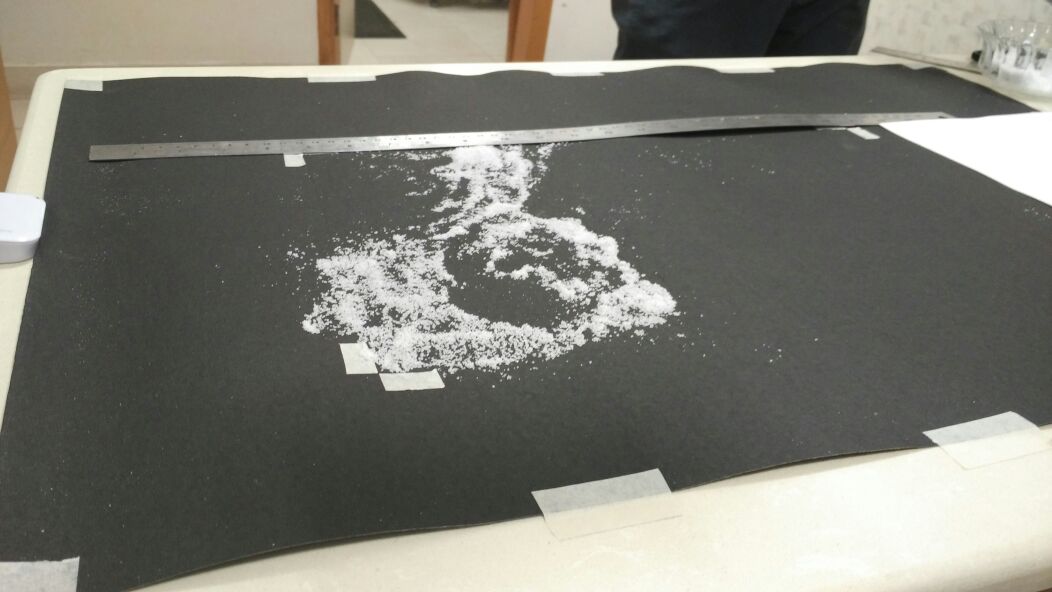Salt Animation – One MG
Child labor is one of the main reasons that deprive children of their education and childhood. Although illegal, it is still widely prevalent in India. Startling statistics in the ILO’s World Report on Child Labor (2015) state that 1 in every 11 children is working in India.
We at One MG designed a salt animation on account of World Day against Child Labor on 12th June to highlight this serious issue. To get an insight into the concept and execution of the salt animation, I had a chat with RT Sir, the Art Director at One MG.
Devanshi – Sir, how did the idea of a salt animation come up?
RT – Lately we have witnessed a trend of sand animations and I have even seen a few stop-motion videos of salt portraits. But salt animation is a completely new area where no one has ventured yet. We thought that it would be challenging to explore a new creative field.
Also, salt animations can be executed on a simple black chart paper and unlike sand, it is an easily available medium. Sand animations, on the other hand, require an elaborate setup of a translucent backlit table.
Another reason for using salt was that there is saying in Tamil ‘uppu potu thane sappidre sorani illiya?’ which questions the sensitivity of people towards socially relevant matters. So salt was used to symbolically portray the nonchalance of people towards such a grave concern.
Devanshi – What were the different stages of getting the salt animation done, from concept to execution?
RT – First, we had to come up with the concept, an idea that would shock people. We wanted them to sit up and take notice. After some research and discussion, we settled on the idea of depicting children who work in hazardous industries, especially children who are involved in rolling beedis.
The second step was the creation of the storyboard, a scene-by-scene visual narration of the story.

Devanshi – What were the different techniques used for the execution?
RT – Images were created in salt, on a black chart paper to bring out the stark contrast in them. We shot the animation using a mobile camera with a simple setup on a table. The animation required a continuous mode of shooting (filming) and individual shots with stop-motion technique, involving frame-by-frame shooting.
During post-production, these two were combined together to make a moment using the after effect software. The animation was given a sepia tone to reduce the starkness of the image and bring out the preferred mood. Complementing background music, sound effects, and textual content were then added to create the total effect.
Devanshi – What were the difficulties faced during execution?
RT – The entire image of the man or child depicted in the animation had to be redrawn to a larger size for the scenes where we needed a close up, for detailed facial expressions.
The second problem was that given the limited time, we used only 6 frames/second unlike the standard 18 frames/second used for animations. The result was jerky transitions and a slightly jerky video.
Devanshi – Any other exciting ideas for the future?
RT – We thoroughly enjoyed the process of creating the salt animation and look forward to designing more using coffee, turmeric, grains etc.




Leave A Comment